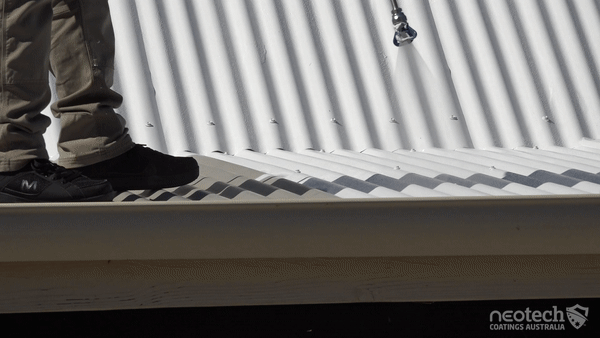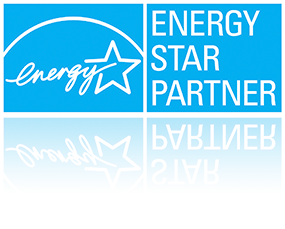Thermal Expansion and Contraction of Roofs
Thermal expansion and contraction is a significant concern when it comes to a metal roofs
Thermal shock or movement in roofs is most significant where there are standing-steam systems due to the length of long panel runs, however all metal roofs expand and contract. The amount of thermal movement depends upon several factors, including the amount of temperature change, the coefficient of expansion that is unique to the type of metal that is used in the roof system and the under-rated impact of colour.
The colour of the metal roof plays a major role in the amount of expansion and contraction that occurs. For instance, a darker metal roof panel is more prone to expanding and contracting because it is absorbing far more solar energy. Naturally black absorbs 100% of the heat and lighter colour reflect or absorb much less heat.
Lighter colours expand and contract at a less significant rate than darker colours.
Where the amount of temperature change is significant, the amount of thermal expansion can actually result in screws being pulled out of the metal and also cause elongated holes in panels which can turn into corrosion and leaking roofs. In addition, thermal expansion can cause metal panels to bend or shift.
The rate of thermal movement varies by the type of metal installed and temperature of the base metal. It is important to note ambient air temperature will differ from the temperature of the metal, and direct solar radiation plays a major role in this process.
When the atoms get hot the roof material expands as the temperatures rise. This happens to everything, whether solid, liquid, or gaseous, including your roof. Conversely, cold temperatures cause the atoms to enter a less excited state. They need less room to manoeuvre and bounce off each other. So the material shrinks. When you have a metal roof expanding and contracting, there are those pings, clicks and pops…that’s thermal movement!
When you have a metal roof expanding and contracting, there are those pings, clicks and pops…that’s thermal movement!
Failures caused by thermal movement usually occur over thousands of thermal cycles and many seasons, and the original installers or designers sometimes are not around to witness the failures. For that matter, a homeowner or building owner could have sold the property, as well. Failures associated with thermal movement are often misdiagnosed or misunderstood.
The impact of thermal shock include:
- Increased chances of corrosion
- Reduce noise
- Reduces lifespan of the roof
What’s the solution?
If the amount of thermal movement depends upon temperature changes, the type of metal and it’s colour, the goal is to dramatically reduce the amount of solar heat entering the material and stabilise its temperature variation.
That’s exactly what Super Therm® does
Super Therm® blocks the heat load falling onto the surface or material. If the material is unable to have the heat load into it, the atoms don’t heat up and therefore don’t expand. This in turn keeps the material stable and near the ambient temperature. No rapid temperature variations.
As Super Therm® is tested to block most of the total solar heat including heat from 367 to 4 BTUs. Super Therm® is a flexible membrane with low permeability that can greatly reduce expansion and contraction of a roof (eliminate thermal shock) and prevent corrosion and surface deterioration.
So if thermal contraction and expansion is a concern for you and you’re looking for better long term protection, consider Super Therm® energy saving cool ceramic coating.

“Super Therm blocks most of the solar radiation allowing minmal heat load. Super Therm repels (throws off) heat load from the surface keeping it cool.”
J.E. Pritchett
The Secret of Emissivity
Emissivity is the measure of an object’s ability to emit infrared energy. Emissivity can have a value from 0 (shiny mirror) to 1.0 (blackbody).
When radiation energy falls on a roof material, the roof material will warm up until it emits as much heat as it absorbs and then stops warming, reaching a state of thermal equilibrium. If the heat loss by the roof material takes place in empty space, the only way in which the roof material can lose heat is through radiation. In that case its radiated energy flux will be equal to the absorbed flux.
What this means is that if all energy is reflected, no energy is left to be absorbed. So if there were no absorption of energy, there would be no emission of energy either.
…As a point of reference, emissivity refers to the properties of a material; emittance to the properties of a particular object that depends on the shape of the object, oxidation and surface finish. As an example, if shiny metal surface which has a low emissivity is oxidated and gets dirty, its emissivity remains the same but its emittance becomes very high.” Inn Choi, PhD.

























